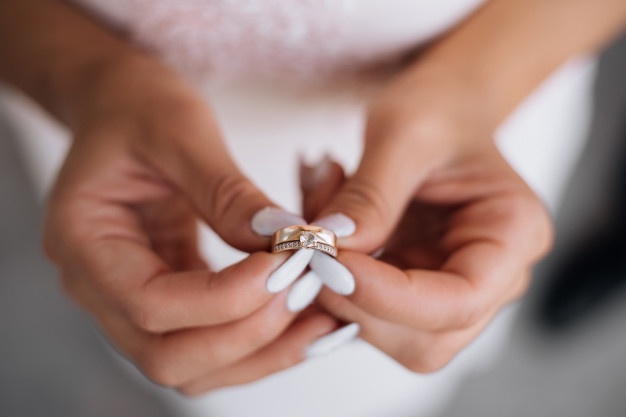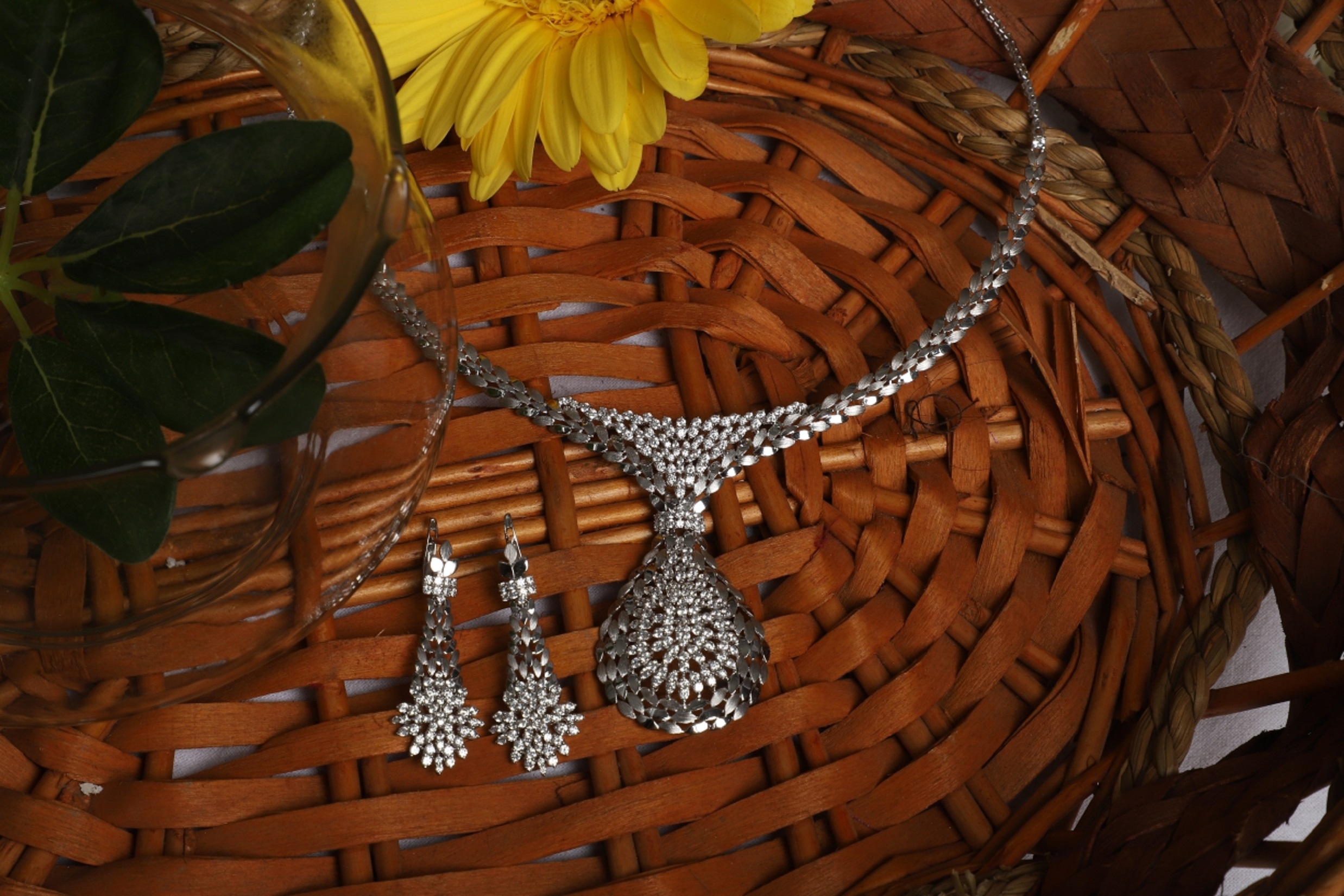Professional jewellery photographers are very accurate about capturing the most delicate details of the jewellery they are shooting. Jewellery photography is all about small-scale photography, where every little movement makes a huge difference.
If you have just started with jewellery photography and reading this article, it means you have the urge to become a professional jewellery photographer.
Table of Contents
LIGHTING
Lighting is the most vital element of jewellery photography! It does not matter what camera you are using; if the lighting is not ideal, your jewellery photo will not be as well.
It would help if you showered the frame with lights. Else, you can wind up with jewellery photographs that are hazy, grainy, or dull! The lighting in your house may appear sufficient to your eyes, but they appear dim to a camera. Therefore, when you take images outside, they often come out blurry or grainy when you take them inside. This does not imply you should go out and shoot in direct sunshine; while the brightness is excellent, the light will be harsh and cast a dark shadow because the light will be coming directly from the light source. Your light should be diffused through or reflected off something to soften it up a bit in the ideal shooting scenario.
USING FLASH
Never direct the camera’s small flash at your jewellery; it looks odd because the light is coming from next to the lens. If you’re going to use a flash, make sure it’s not pointed towards your jewellery and instead at a wall or ceiling. The light will bounce off, giving you a more soft, professional appearance.
CAMERA
Any camera can take great jewellery photographs as long as the lighting is good. It does not matter as much as you might believe; most modern camera phones are fantastic! Unless you are exhibiting your jewellery on the side of a building, it does not matter how big your photo is in terms of megapixels. The sensor and lens are the most critical components of any camera, and the larger the camera, the more significant both components may be. Therefore, a compact camera is usually preferable to a smartphone, and a DSLR is even preferable. The ability to purchase a lens designed for small-scale photography, such as jewellery photography, is the most significant benefit of purchasing a DSLR.
CONTROLLING REFLECTIONS
The brightest, delicate white parts of your jewellery can be difficult to control just with light. You do not want distracting reflections on your fabulous dazzling jewellery, either. It’s particularly noticeable on polished metals like silver, and it’s considerably worse if your design includes spherical parts like domes.
Re-positioning your jewellery, changing your position, or using diffusor, reflectors and polarizers are some of the components that would help you avoid or control reflections on your jewellery.
CHOOSING APPROPRIATE BACKGROUND & USING PROPS
When doing jewellery photography, make sure it takes center stage. A busy background might detract from your work’s beauty, so stick to primary colours. Slate, marble, or wood slabs create lovely backdrops for your diamonds, keeping them connected to the natural world. Consider your backdrop colours as well. They may get lost on a white background in lighter designs with materials like silver and diamonds, but they will sparkle on a darker background.
Props are fantastic for adding a little whimsy and giving visitors a sense of scale but do not overdo it. Keep any props in the scene modest and in the background to keep your jewellery front and center.
PERFECT FOCUS & CAMERA ANGLE
Macro photography is the practice of taking close-up photographs of smaller objects, and there are lenses designed expressly for this purpose. For a great sharp photo, it is advisable to take that extra step closer to your jewellery. Although it is suggested to utilize a large DSLR camera here, affordable macro lenses for phone cameras are also available if you are on a budget. One thing that should be remembered is that you should have at least one photo of the entire jewellery piece in focus. Zoom in after you have snapped your photo to be sure it is not fuzzy.
More is in focus when the number is high, while less light reaches the camera when the number is low. For example, for a reasonable balance, we strive to shoot at f/11 aperture.
EDITING
We enjoy photo retouching, but solely to show our customers how beautiful the diamonds are in person. It would help if you never tried to make your jewellery look anything other than what it is – that’s how you end up with dissatisfied customers.
Editing is used to improve the appearance of your photograph, such as ensuring that it is bright enough, cropping it if necessary, and changing that nagging white balance! To show everyone what your jewellery looks like in person, you can bring out the brilliance and colour in it.
Good product photography is one of the most critical aspects of selling any goods. More people will want to buy your things if they appear to be excellent! But it is not always that easy when it comes to Jewellery Photography. Photographing jewellery can be challenging at times, and it isn’t easy to know precisely what actions to take to improve your images. Hope this article has helped you clear all the doubts that have led you towards this article.
For more content on Jewellery Photography, visit our website Jewellery Photography in Mumbai, Navi Mumbai (jewelleryphotographymumbai.in).
Also, do not forget to check out the contents on “How to avoid reflections in Jewellery Photography?“, “Tips for Jewellery Photography” and many more!

